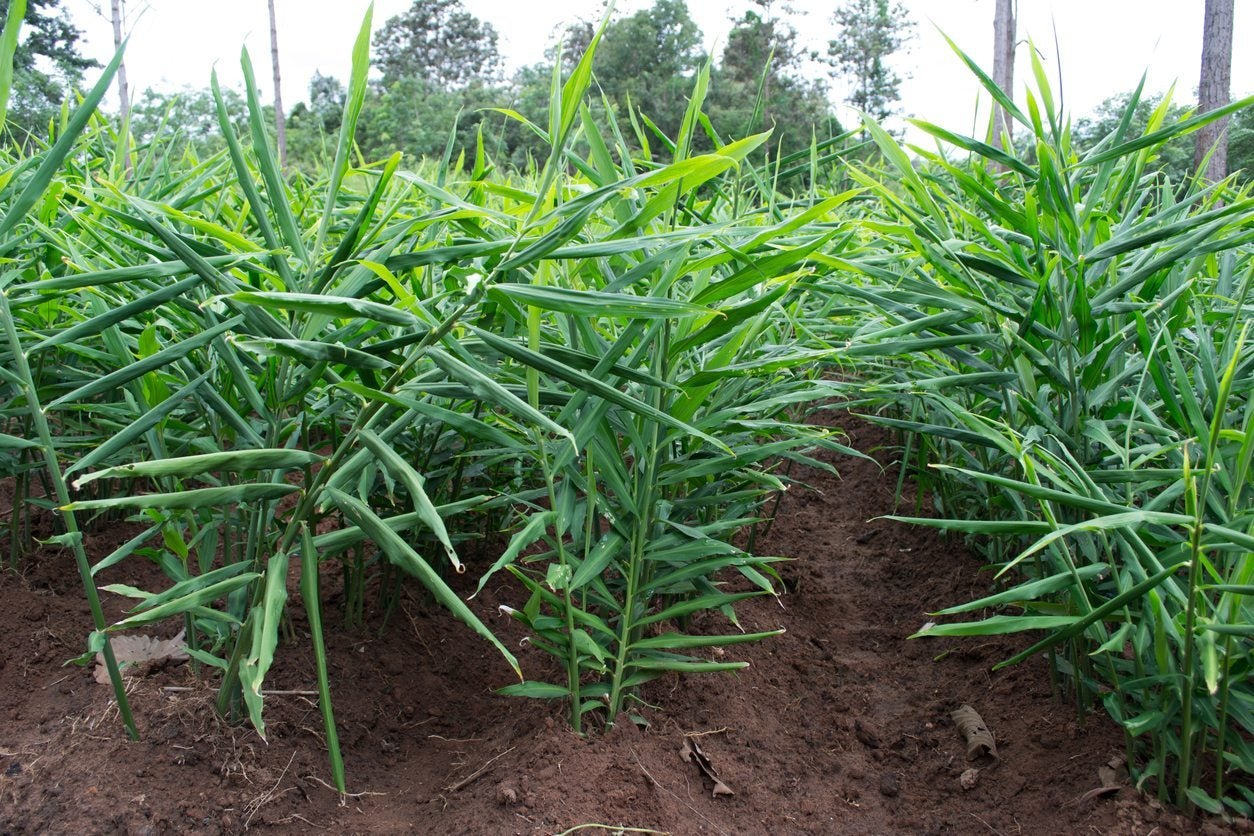
Ginger is the aromatic, pungent, and fiery underground stem (rhizome) of the flowering plant Zingiber officinale, which is believed to be native to Maritime Southeast Asia. The spice, known for its distinct flavor and aroma, has been used for thousands of years in Asian cuisine and traditional medicine. Today, it is widely cultivated in warm, humid climates, with major production centered in India and China. Ginger is used in many forms, including fresh, dried, powdered, and preserved, and is a popular ingredient in sweet and savory dishes, teas, and drinks like ginger ale. Beyond its culinary uses, ginger contains bioactive compounds like gingerols and shogaols that contribute to its potential health benefits, which include alleviating nausea and motion sickness, aiding digestion, and providing anti-inflammatory and antioxidant effects.


Dried tobacco leaves are harvested from the Nicotiana tabacum plant, cured using methods like air, flue, sun, or fire-curing, and then processed for a variety of uses. The final product's characteristics, including flavor, aroma, sugar, and nicotine content, depend on the specific curing process. Most commonly, the cured leaves are consumed in products such as cigarettes, cigars, chewing tobacco, and snuff. Historically and in modern times, tobacco has also been used for ceremonial, medicinal, and bioengineering purposes. Beyond human consumption, nicotine extracted from the leaves acts as an effective pesticide. Despite these diverse applications, tobacco contains addictive nicotine and many carcinogenic compounds, making its use a major preventable cause of illness and death worldwide.